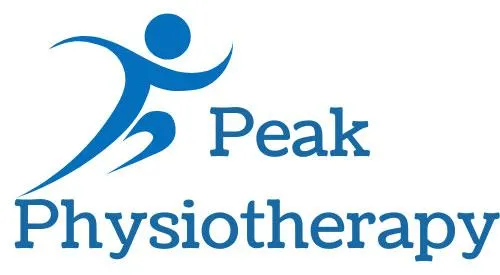
Can Physiotherapy Help With TMJ (Jaw Pain)? Here’s What You Need to Know
Introduction:
Have you ever noticed a clicking sound when you chew, or felt tension in your jaw that leads to headaches or difficulty opening your mouth fully? These symptoms could point to TMJ dysfunction — a condition affecting the temporomandibular joint, the hinge connecting your jawbone to your skull.
While many people associate physiotherapy with back or sports injuries, it might surprise you to learn that a chartered physiotherapist can also help manage TMJ pain effectively.
In this post, we’ll explore what causes TMJ dysfunction, how physiotherapy can help, and when to consider seeking treatment.
What Is TMJ Dysfunction?
TMJ stands for temporomandibular joint — the joint on either side of your face that lets you chew, speak, and open or close your mouth.
When this joint or the surrounding muscles become irritated or dysfunctional, it can lead to symptoms like:
Jaw pain or tenderness
Clicking, popping, or locking of the jaw
Headaches or facial pain
Earaches or a sense of fullness in the ears
Difficulty opening or closing the mouth
Neck or shoulder tension
TMJ dysfunction can stem from clenching or grinding teeth (bruxism), stress, poor posture, injury, or even after dental work that strains the joint.
How Can Physiotherapy Help with TMJ?
Physiotherapy focuses on restoring movement, relieving pain, and improving function in joints and muscles — including those in the jaw, face, and neck. Here’s how it can help TMJ dysfunction:
1. Manual Therapy Techniques
A physiotherapist trained in manual therapy in Galway may use gentle hands-on techniques to release tight muscles around the jaw and neck. Mobilising the TMJ can reduce pain and restore smoother motion.
2. Postural Correction
Poor posture — especially forward head posture from screen use — can contribute to TMJ dysfunction. Your physiotherapist will assess your head, neck, and shoulder alignment, offering tailored exercises to improve posture and reduce jaw strain.
3. Jaw Exercises
Specific, controlled movements can help retrain the muscles that control jaw movement. These might include:
Controlled jaw opening/closing
Relaxation techniques
Muscle strengthening or stretching
You’ll be taught how to perform these exercises at home for long-term benefits.
4. Pain Relief Strategies
Techniques such as dry needling, ultrasound therapy, or heat application may be used to relax the surrounding muscles and relieve discomfort.
5. Education and Habits
You’ll also learn ways to avoid aggravating the joint — like avoiding chewing gum, reducing stress-related clenching, and how to position your tongue and jaw during rest.
What to Expect From a TMJ Physio Assessment
If you're experiencing jaw discomfort, a visit to a chartered physiotherapist in Galway will include:
A full assessment of your jaw, head, neck, and posture
Questions about your symptoms, triggers, and lifestyle habits
A personalised treatment plan that may involve manual therapy, exercises, and self-management advice
Physiotherapists often work alongside dentists or GPs when needed, especially if the TMJ issues are linked to bruxism or dental misalignment.
When Should You Seek Physiotherapy for Jaw Pain?
You should consider seeing a physiotherapist if:
Your jaw pain has lasted more than a couple of weeks
You notice clicking, locking, or reduced movement
Pain is interfering with eating, talking, or sleep
Other treatments haven’t provided relief
Early intervention can prevent chronic pain and help you regain comfortable, pain-free jaw function.
Conclusion: Relief from TMJ Pain Is Possible
Jaw pain might seem minor at first, but when it begins affecting your daily life, physiotherapy can offer a safe and effective solution. By addressing both the symptoms and underlying causes — from posture to muscle tension — a skilled physiotherapist can help you feel more comfortable and in control of your jaw health.
If you’re experiencing jaw discomfort, consider reaching out to a physiotherapist in Galway City who has experience in treating TMJ-related issues.



